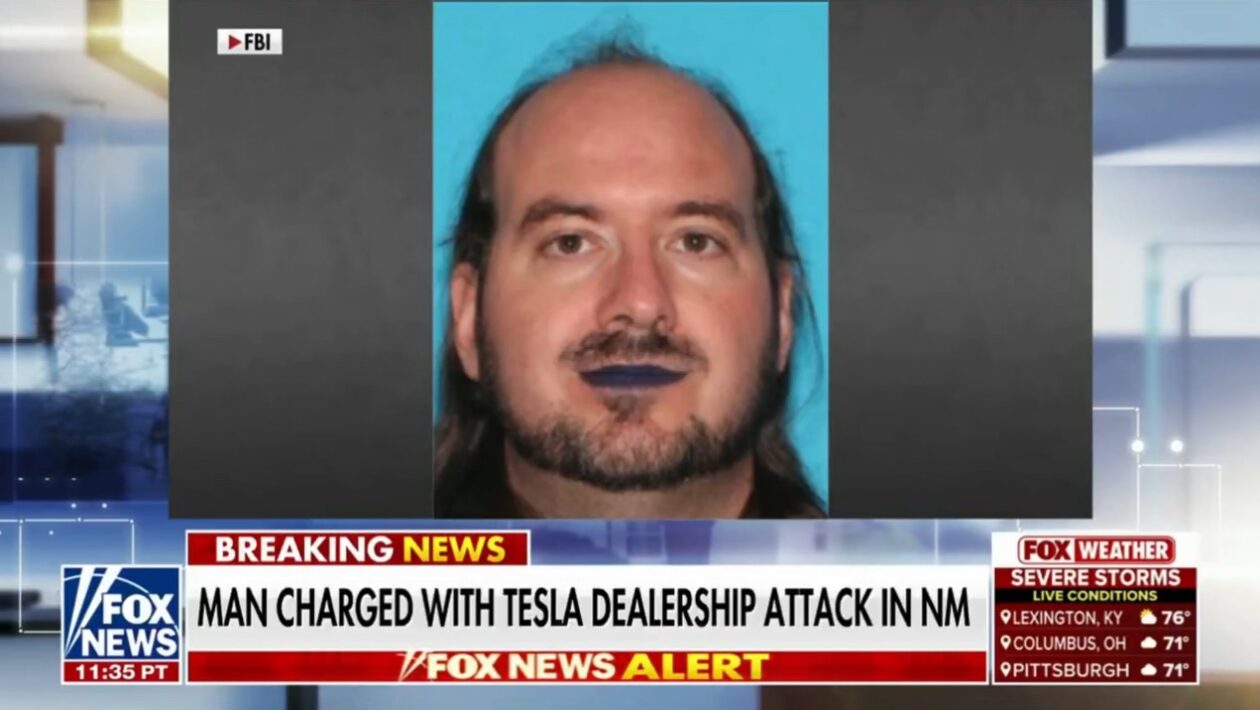Violence doesn’t happen in a vacuum. It builds, festers, and eventually erupts—often after years of red flags and missed warning signs. For one man, a history marked by aggression, altercations, and criminal behavior has raised serious concerns about the systems that allowed it to continue unchecked.
From his early years, there were signs that something was off. Former classmates and neighbors recall a short temper and a tendency to settle disputes with fists rather than words. What began as schoolyard fights escalated in young adulthood—run-ins with the law for assault, domestic incidents, and later, more serious charges that painted a troubling picture.
Despite multiple arrests and documented outbursts, accountability seemed to lag behind his actions. Some chalked it up to charisma, others to legal loopholes or a lack of evidence. But as the pattern grew more visible, it became harder to ignore. Friends turned cautious. Partners left, citing fear and emotional damage. Yet the cycle continued.
Experts say individuals with a long history of violence often follow predictable behavioral patterns. Anger management issues, a lack of empathy, and a repeated disregard for consequences are all key indicators. Unfortunately, unless met with firm intervention and support, these traits can deepen over time.
Today, with his name once again making headlines, the question remains: how many more warning signs will be overlooked before lasting change is forced? This isn’t just a personal downfall—it’s a societal failure to address violence at its roots and intervene before the damage spreads.
Addressing violence means more than just reacting to the latest outburst. It requires us to examine the past, understand the triggers, and demand systems that prioritize safety and accountability over second chances for repeat offenders. Because when we fail to act, history has a dangerous way of repeating itself.






















































